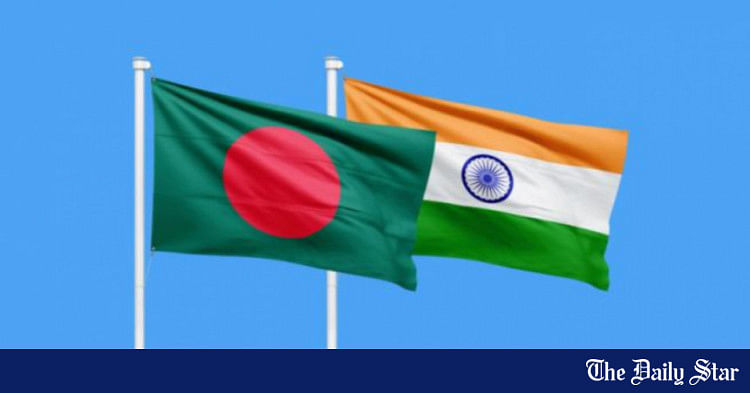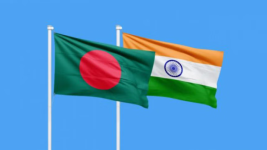- Copy to clipboard
- Thread starter
- #501
Saif
Senior Member
- Joined
- Jan 24, 2024
- Messages
- 15,397
- Reaction score
- 7,865
- Points
- 209
- Nation

- Residence

- Axis Group

If everything in Bangladesh is driven by Islam then how did your aunti Hasina rule the country for 16 years?BD originally Pakistan was made on the basis of religion. Everything in these nations are driven by Islam. As we discuss some topics here for quite some time, it is not difficult for me to point out who are Islamists.



















